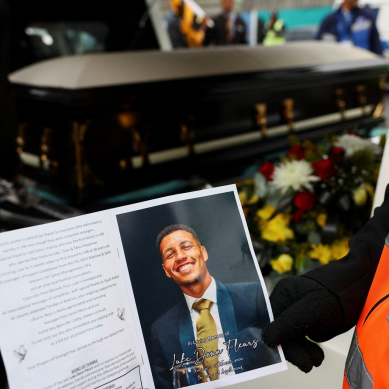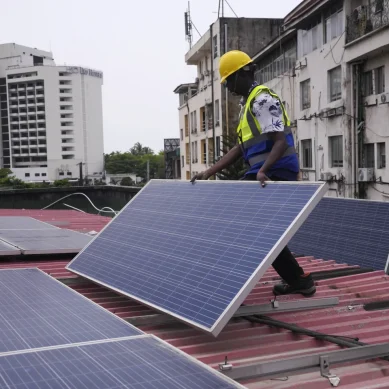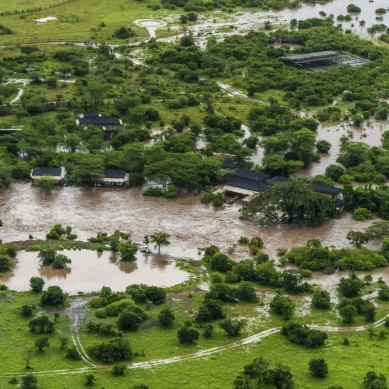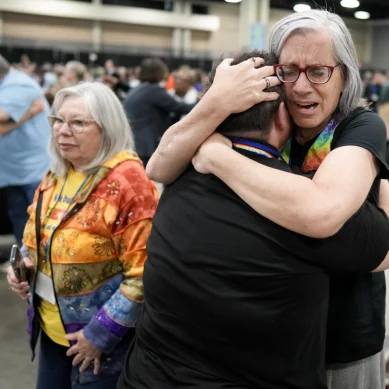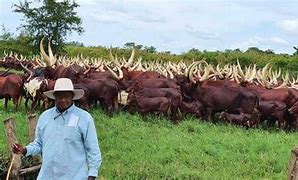
With a population of 5.5 million in 1982, Rwanda was the most densely populated country in the world. By November 1 it had been overwhelmed by the influx and it closed its border leaving thousands of refugees stuck around the border.
This was after the Hutu government in Rwanda gathered intelligence that some members of the dissident Rwandese Alliance for National Unity (RANU) were senior officers in Yoweri Museveni’s rebel NRA. It suspected systematic infiltration by armed Tutsi dissidents. A few refugees kept moving back and forth across the border at isolated points while coordinating the NRA recruitment drive.
The eviction had taken place when President Obote had been away visiting Italy for medical treatment. The Minister for Refugees Affairs, Hon Rwanyarare was also away in Geneva attending a refugee conference. Upon return, President Obote issued a statement calling for a “return of law, order and constitutional rights that protected citizens, aliens and refugees alike”.
He added that the matter was a local misunderstanding between refugees and indigenous inhabitants in Ankole. Five days later, a ministerial committee meeting was convened in Gabiro Rwanda from 22-27 October 1982. They agreed on a plan to resolve the crisis. President Obote appointed a team for a fact-finding tour of south western Uganda.
In Uganda, 35,000 displaced Banyarwanda remained in refugee settlements having joined those who had been living there since the 1960s. A sizeable number had succeeded in sneaking into Tanzania with thousands of their heads of cattle. There were 4,000 people stuck around Mirama Hill border encamped within several hundred yards of the border bridge. In March 1983, a follow-up meeting between Uganda and Rwanda was convened in Kabaale. A joint communiqué was issued committing the two countries to resolve the tragedy.
Uganda committed itself to provide additional land to relieve the overcrowded settlement camps. Indeed, another camp was set up at Nsungyerezi becoming the eighth settlement camp. However, in December 1983 about 19,000 Banyarwanda were forcefully evicted from Rakai district by indigenous Baganda people. In July 1984 Uganda and Tanzania signed an agreement to take back 10,000 Banyarwanda Tutsi.
After Museveni took over power in 1986, former Minister Rwakasisi was charged with kidnap with intent to murder in relation to Banyarwanda refugees, convicted and sentenced to death in June 1988. As the then Minister for Security, he had spearheaded the Banyarwanda eviction in Ankole. During sentencing, he made a statement to the effect that he “was grateful that he was to die rather than live under the regime of Museveni.”
Museveni had set up a detention and torture chamber at Kamukuzi in Mbarara Municipality where victims were held. It is ironical that the Museveni regime is also using the similar illegal detention facilities (safe houses) for the same purpose – to torture suspects.
In February 1983 government troops launched a major offensive in the Luwero Triangle dubbed Operation Bonanza commanded by Col John Ogole with the technical backing of the North Korea military team. Some 18 internally displaced people’s camps (IDP) housing about 20,000 locals mainly Baganda peasants were set up in different places in Luwero Triangle. Relief agencies swung into action around July 1983 to provide relief assistance.
The National Resistance Army had evacuated Banyarwanda residents to Ankole and other areas with able bodied males enlisting in the NRA ranks. You should note that the skulls that used to be on display in Luwero were for the Baganda peasants and soldiers but hardly any for the Balaalo.
The NRA took custody and ate the Balaalo’s 21,000 heads of cattle with promises to compensate them after the war. In Ankole, the so called Balaalo from the Luwero Triangle intermingled with their ethnic Hima. They joined their colleagues in occupying the government ranches and parts of Lake Mburo National Park. In 1933 the area that later evolved into Lake Mburo National Park was declared a Controlled Hunting Area.
In 1963 it was elevated to a Game Reserve. In 1983, it was made a national park and the illegal occupants (Balaalo/Banyarwanda) were evicted. The UPC government fell in 1985 at a time when the Balaalo-led NRA rebels were controlling the western region. The Balaalo reoccupied the park after attacking and expelling the park staff, destroying infrastructure and killing wildlife.
Remember, in 1957, the government had ordered people to temporally vacate areas that had been infested by tsetse flies in Nyabushozi to allow spraying.
Towards independence, the USA and World Bank gave loans for the establishment of ranching schemes for beef and dairy products. Government and private ranches were established in Nyabushozi, Buruuli, Kiboga, Masindi, Kabula and Sembabule. Over the years, Balaalo squatters encroached on these ranches. The children of these squatters on ranches and the national park joined Museveni’s NRA rebels in Luwero and were promised free land at the of the war.
Immediately after taking over power in 1986, Museveni appointed one Commander Kuteesa as the Commandant of the so called Luwero War Balaalos in Nyabushozi. He advised those who had land in the Luwero Triangle to go back and promised free land to those who had none. Museveni used government money to buy cattle from Tanzania which he issued to these Balaalo.
In 1988 Museveni set up a Prof Mugerwa inquiry into the question of ranches and encroachers but the regime ignored Prof Mugerwa’s recommendations. In 1999, the regime inspired violence between the now armed squatters and the private ranchers erupted. Museveni set up the David Pulkol led Ranches Restructuring Board (RRB). The board had Balaalo soldiers like now Gen. John Mugume Chaga and Col. Eric Kamugunda. About 100 sq. kms of Lake Mburo National Park and huge chunks of ranges of land was illegally allocated to the Balaalo squatters. Col. Kamugunda is now one of the richest landlords in Masindi and Ngoma.
According to Mzei Boniface Byanyima, since the 1960s Museveni was opposed to private ranches. Before Idi Amin took over in 1971, Museveni had started campaigning for the position of Member of Parliament for North West Ankole on the UPC ticket. His agenda was to fight the ranching scheme and to unseat John Babiiha who had been the brain behind the wider diary development programme through establishment of ranches.
During the bush war, Museveni practised preferential treatment for the Banyarwanda fighters. Unlike the Baganda, Bahima and other tribes, the Banyarwanda fighters owed the total loyalty to Museveni. Externally, the Banyarwanda Tutsi political organisation, Rwandese Alliance for National Unit (RANU) banked on the Banyarwanda in the NRA for its future prospects of “liberating Rwanda.”
The actions of UPC functionaries against Banyarwanda refugees in Ankole had helped boost the rebel NRA ranks. By the time the NRA took over power in 1986, the Banyarwanda Tutsi in the NRA were about 3,000 out of the force of 14,000. Fred Rwigyema was the defacto Army Commander before he became the Deputy Minister of Defence. Paul Kagame was the defacto head of military intelligence while a number of senior Banyarwanda army officers occupied key positions in security circles.
Banyarwanda in the NRA were dominant in strategic departments like intelligence, finance, supplies and logistics and presidential protection. Mindful of the resentment that Ugandans would develop towards Rwandese, Museveni put in place an anti-sectarianism law that penalised anyone who would dare point an accusing finger at the privileged positions and preferential treatment that was being accorded to the Banyarwanda.
Museveni also changed the old colonial law that provided for proof of ancestry rather than birth or residence for citizenship of Uganda. One had to show that at least one of his or her grandparents had been born in what became Uganda prior to the 20th Century. He instead decreed that all one needed was to prove five years of residency in Uganda.
Pressure from Ugandans more especially those in the military who saw the law as a first step towards entrenchment of Banyarwanda forced him to reverse the law. The Banyarwanda saw the reversal as a big blow and a month later in October 1990, a sizeable number of Banyarwanda in the NRA invaded Rwanda.
As the NRA set to expand its numerical strength, the number of Banyarwanda Tutsi in the army also increased. The refugee camps became bases for Banyarwanda refugee soldiers.
- A Tell report / By The Conscious Ugandans
